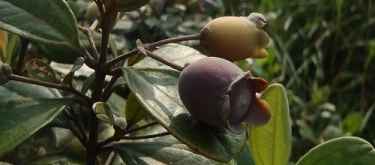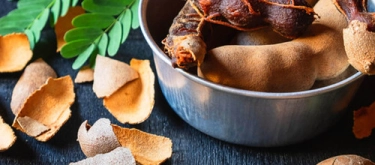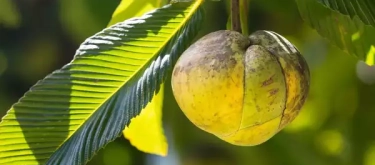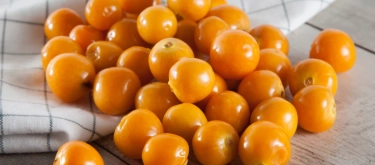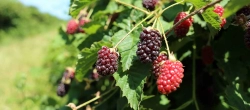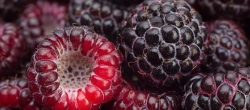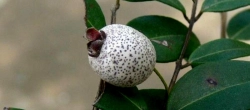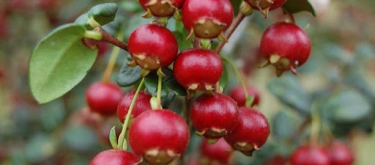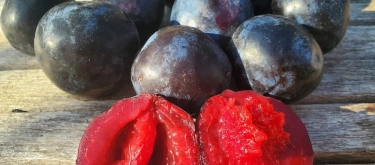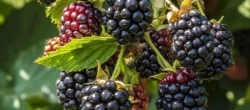Falsa: Taste Profile, Aroma, Benefits and Health Risks
Falsa, also known as Indian sherbet berry, is a small, purple fruit native to South Asia, particularly India, Pakistan, and Bangladesh. It thrives in hot climates and is highly valued for its refreshing sour-sweet flavor. Traditionally, falsa is used to make cooling summer beverages, jams, and syrups. In addition to its culinary uses, it is well known in Ayurvedic and Unani medicine for its potential anti-inflammatory and digestive benefits.
Falsa (Grewia asiatica) is generally safe for consumption but may cause allergic reactions in individuals sensitive to tropical fruits. Due to its acidic nature, excessive consumption may lead to stomach irritation or acid reflux.
What does Falsa taste like?
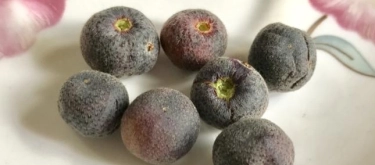
Complete Sensory Description
Taste
Falsa has a unique balance of tart and sweet flavors. The initial taste is tangy, similar to cranberries or black currants, followed by a mild sweetness. Unripe falsa tends to be more astringent, while fully ripe fruits develop a richer, smoother taste.
Aroma
The aroma of falsa is subtle yet slightly fruity, with hints of citrus and earthy undertones. When crushed, the fruit releases a mild floral fragrance with tangy notes.
Texture
The texture of falsa is soft and juicy, with a thin, delicate skin that bursts easily when bitten. Each fruit contains one or two small, edible seeds that add a mild crunch.
Appearance
Falsa berries are small, round, and measure approximately 1–1.5 cm in diameter. They start green when unripe and turn deep purple or dark reddish-black when fully ripe. The fruit’s skin is smooth and slightly glossy, enclosing soft, juicy pulp.
In-depth Flavor Analysis
The tartness of falsa comes from its high citric and malic acid content, while its mild sweetness is due to natural fructose and glucose. Polyphenols, particularly flavonoids and anthocyanins, contribute to its astringency and antioxidant properties. When dried or processed into syrups, the acidity mellows slightly, allowing a more balanced sweet-tart profile to emerge. The seeds add a slight nuttiness to the overall taste.
Varieties and Culinary Applications
There are no distinct commercial varieties of falsa, but its taste and size may vary slightly depending on growing conditions. Falsa is widely used in:
- Fresh consumption – eaten raw with a sprinkle of salt and sugar.
- Juices and sherbets – blended with water and sugar to make a refreshing summer drink.
- Jams and preserves – cooked into spreads with added sweeteners.
- Desserts – used in ice creams, sorbets, and fruit-based puddings.
- Traditional medicine – used in Unani and Ayurvedic remedies for cooling and digestive benefits.
Selection and Storage
When selecting falsa, choose firm, evenly colored berries with a deep purple hue. Avoid overly soft or shriveled fruits, as they may be overripe. Fresh falsa is highly perishable and should be consumed within 2–3 days of purchase. To extend its shelf life, store it in the refrigerator. Alternatively, falsa can be dried or processed into syrups for long-term storage.
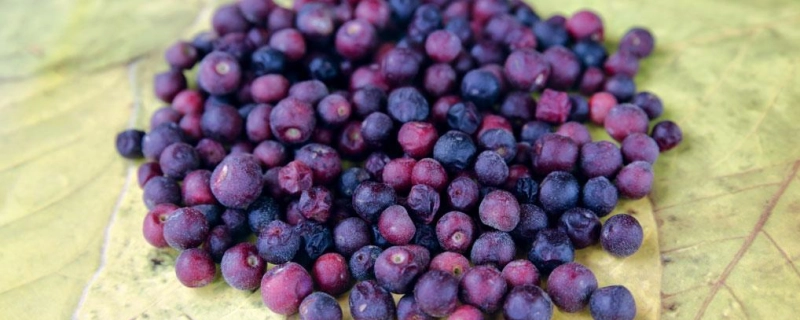
Nutritional Insights
Falsa is rich in essential nutrients, including:
- Vitamin C – supports immune function and skin health.
- Iron – contributes to red blood cell production.
- Calcium and phosphorus – essential for bone health.
- Antioxidants (anthocyanins, flavonoids) – may help reduce inflammation and oxidative stress.
- Dietary fiber – aids digestion and promotes gut health.
Expert Insights & Culinary Tips
- Enhancing sweetness – Pairing falsa with honey or jaggery balances its tartness.
- Preservation methods – Drying falsa intensifies its tangy notes and extends shelf life.
- Flavor pairings – Works well with mint, black salt, lemon, and yogurt-based drinks.
- Cooling effect – Traditionally consumed in hot weather for its thirst-quenching properties.
Interesting and Curious Facts
- Falsa is often confused with blueberries due to its size and color, but it belongs to a completely different plant family.
- In Pakistan and India, falsa juice is a popular street beverage sold during the summer.
- Falsa plants are drought-resistant, making them ideal for cultivation in arid climates.
- The fruit is traditionally used to reduce heat-related ailments and dehydration.
Harm and Dietary Considerations
- Acidic nature – Excessive consumption may cause acid reflux or stomach irritation.
- Allergic reactions – Some individuals may experience mild allergic symptoms.
- High perishability – Falsa spoils quickly and must be consumed fresh or preserved.
Religious Dietary Considerations
Falsa is generally permissible in most religious dietary frameworks, including Hinduism, Islam, and Buddhism. There are no known restrictions associated with its consumption in major religious traditions.
Final Thoughts & Sensory Journey
Falsa offers a refreshing balance of tartness and sweetness, making it a prized summer fruit in South Asia. Whether eaten fresh, juiced, or preserved, its unique flavor and nutritional benefits make it a valuable addition to a healthy diet. Its tangy and cooling properties provide a vibrant and enjoyable sensory experience.
Resources
- Journal of Food Biochemistry – Nutritional and antioxidant analysis of falsa.
- Handbook of Asian Fruits – Culinary and medicinal applications.
- Traditional Medicine and Nutraceuticals – Ethnobotanical studies on falsa.
